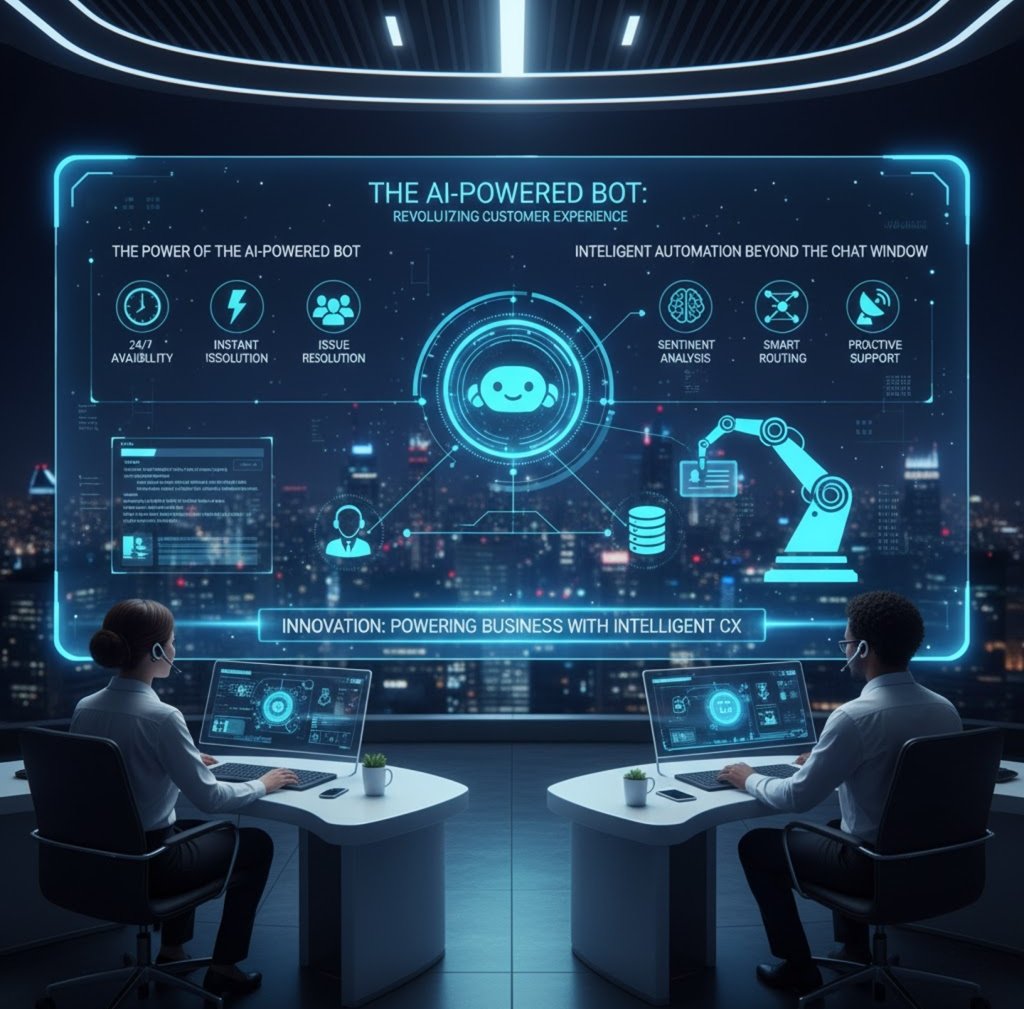The Power of the AI-Powered Bot 🤖
Mr. Hunain Panjwani
10/14/20252 min read


The first and most visible application of AI in customer service is the rise of intelligent chatbots and virtual assistants. Unlike their simple, rules-based predecessors, today's bots are powered by Natural Language Processing (NLP) and machine learning, allowing them to understand and respond to natural human language.
24/7 Availability: Customers no longer have to wait for business hours to get help. An AI bot can provide immediate answers to common questions about order status, shipping, or account information at any time of day or night. This instant access reduces customer frustration and can significantly lower the volume of support tickets.
Instant Issue Resolution: For common and repetitive inquiries, a bot can provide an immediate and accurate answer, reducing the need for human intervention. This frees up human agents to focus on more complex, high-value issues that require empathy and critical thinking.
Scalability: A single bot can handle thousands of conversations simultaneously, allowing businesses to scale their support operations without a corresponding increase in staffing. This is particularly valuable during peak seasons or major product launches.
Intelligent Automation Beyond the Chat Window 🧠
The magic of AI customer service goes far beyond a simple chat window. The technology is also being used behind the scenes to create a seamless and personalized customer experience (CX).
Sentiment Analysis: AI tools can analyze the language and tone of a customer's message to gauge their sentiment (e.g., frustrated, happy, or neutral). This allows the system to prioritize a ticket from an angry customer and route it to a human agent, enabling a proactive and empathetic response that can prevent customer churn.
Smart Routing: When a bot cannot resolve a complex issue, it can use its intelligence to route the customer to the most qualified human agent. The AI can provide the agent with a summary of the conversation and the customer's history, eliminating the need for the customer to repeat their story and ensuring a faster, more satisfying resolution.
Proactive Support: AI can analyze a customer's past behavior and purchase history to anticipate their needs. For example, a virtual assistant for an airline could send a passenger a message about a flight delay before they even realize it, providing a seamless and proactive experience that builds trust and loyalty.
By using bots as the "first line of defense," businesses can automate a majority of routine requests, saving money and freeing up human agents to provide a more personalized, human touch when it matters most.
